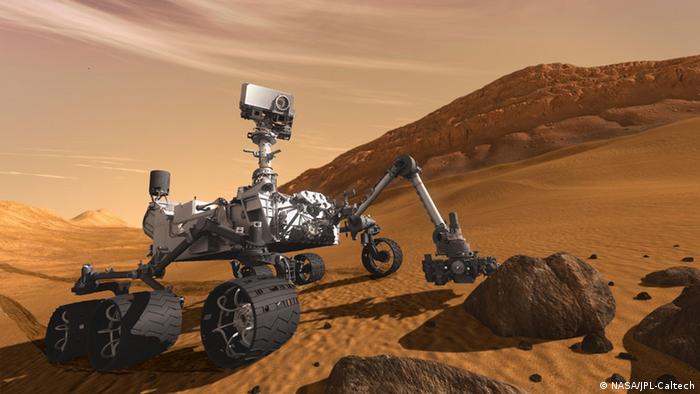美国宇航局的"好奇号"探测器将于8月5日登陆火星。是成功,还是撞毁或烧毁,取决于短短的7分钟。
美国宇航局的火星科学研究室--又称"好奇号"(Curiosity)探测器进入火星大气层时将面临严峻的7分钟。在7分钟内,它必须从1.3万英里(2.1万公里)的时速减速至零。这生死攸关的时段被称为恐怖7分钟。
预计8月5日晚(太平洋时区,欧洲时区为8月6日早晨)"好奇号"将登陆。不过,信号从"好奇号"传递至地球需要14分钟,是登陆时间的两倍。所以,当美国宇航局得到信号时,"好奇号"已经着陆7分钟了,--无论是生是死。
"盲登"
这次登陆也被称为"盲登",因为美国宇航局所依赖的卫星出了故障。但火星探索项目的负责人麦克-丘斯宸(Doug McCuistion)说,这对登陆本身并没有影响,只是数据收集的时效性受到影响。在美国宇航局的请求下,欧洲宇航局的探测卫星"火星快车号" (Mars Express)将观测登陆。自2003年12月起,"火星快车号"一直在火星轨道上,当时"猎犬2号"(Beagle 2)火星探测器登陆失败。
"火星快车号"行动负责人丹尼斯(Michel Denis)说,欧洲宇航局将为美国宇航局自身的追踪系统提供备份支持,以防万一。"对宇航科学来说,这将是伟大的一天。"丹尼斯相信"好奇号"将成功登陆,尽管他也承认在宇航项目中没有保证一说。
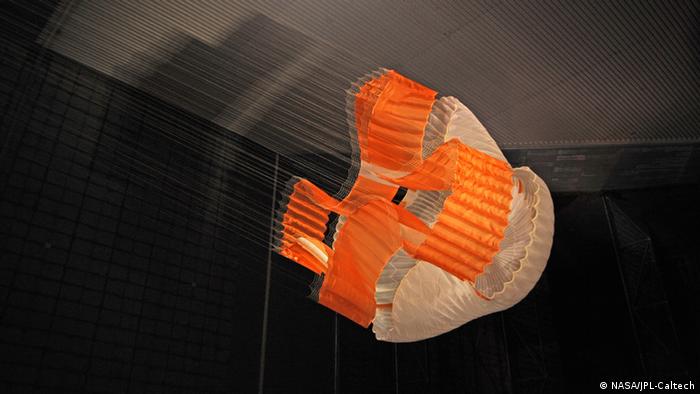
美国宇航局基地的模拟测试
落地后即可运行
"好奇号"登陆时必须完成一系列高度复杂的操作,由探测器上的电脑控制完成。首先,火星大气层将帮助"好奇号"时速减缓1.2万英里。火星的大气层比地球稀薄100倍。其次,探测器将释放出一个降落伞,降落伞可承受6.5万磅的力量。探测器的热护盾在370英里时速时脱落,降落伞也将脱离,届时,制动火箭系统将激活。
时速从70英里减至2英里后,探测器将在"天空起重机"(sky crane)这一软着陆缓冲系统的帮助下,从25英尺(7.62米)的高度降落至火星地表。
欧洲宇航局的丹尼斯认为,"好奇号"一旦成功着陆,就可进入运行状态,"它会像一辆新买的车一样"。
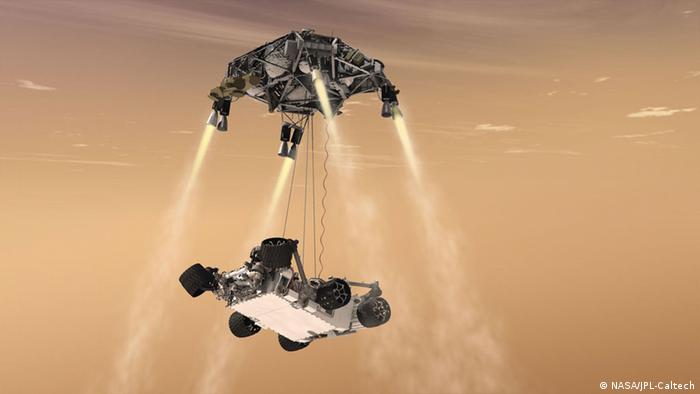
“天空起重机”操作
大小很重要
"好奇号"探测器与一辆运动型多功能车(SUV)大小相似,7英尺高,9英尺宽,10英尺长,2000磅重。"好奇号"是目前最大、设备最齐全的外星探测器。
与"好奇号"相比,1997年首次登陆的"索杰纳号"(Sojourner)火星车则形同侏儒,后者只有23磅重。2004年登陆的"勇气号"和"机遇号"火星探测器为400磅重。
此外,"好奇号"的时速也比"机遇号"的最高时速超出0.1英里,为3.35英里。
速度并非一切,生存下来最重要。"机遇号"仍在继续探测一个命名为"奋力"(Endeavour)的大型撞击坑。它已行进21.4英里,仍在发送宝贵的数据。
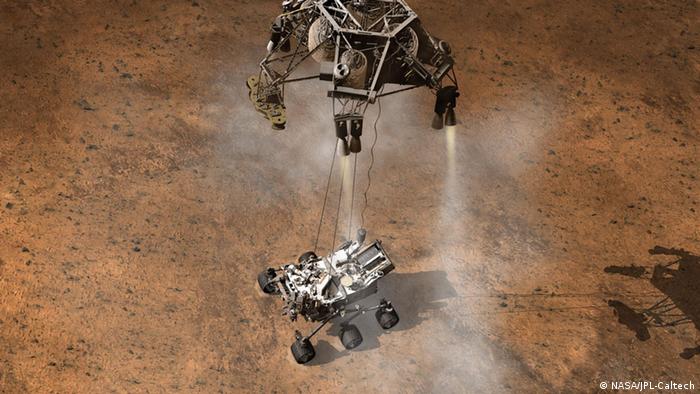
模拟登陆图
可能是最后一次登陆
25亿美元(21亿欧元)的价格也使得"好奇号"成为美国宇航局最昂贵的火星探测器。由于预算高达10亿美元,这恐怕也是美国宇航局在可预见的未来最后一次火星登陆使命。
这一为期两年的使命任务是探索"盖尔"撞击坑(Gale Crater),它位于火星赤道附近,再就是搜寻生命迹象。
"好奇号"有着相应的装备。六轮探测器可以向岩石发射激光,测量其化学组成,拍摄高清晰的火星地貌视频。
探测器配备有传感器、摄像机,有一支长长的机械手臂,有一个铲子可以收集土壤样品,一个钻头可以钻入岩石,一个高敏感度的镜头可以检测12.5微米的微观结构。
欧洲宇航政策研究所(ESPI)的胡斯罗伊(Peter Hulsroj)说:"火星探测使命有助于宇航事业的整体发展。'好奇号'迈出美妙的一步。"
自1960年以来,美国、欧洲、俄罗斯、日本先后启动40次火星使命,然而,超过一半撞毁、运作不灵或者失去踪迹。
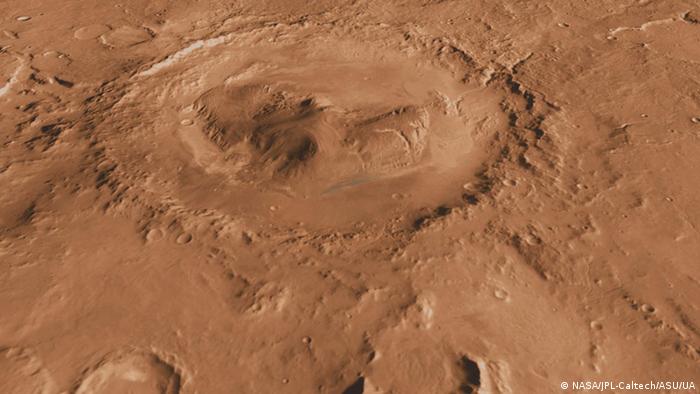
"盖尔”撞击坑
